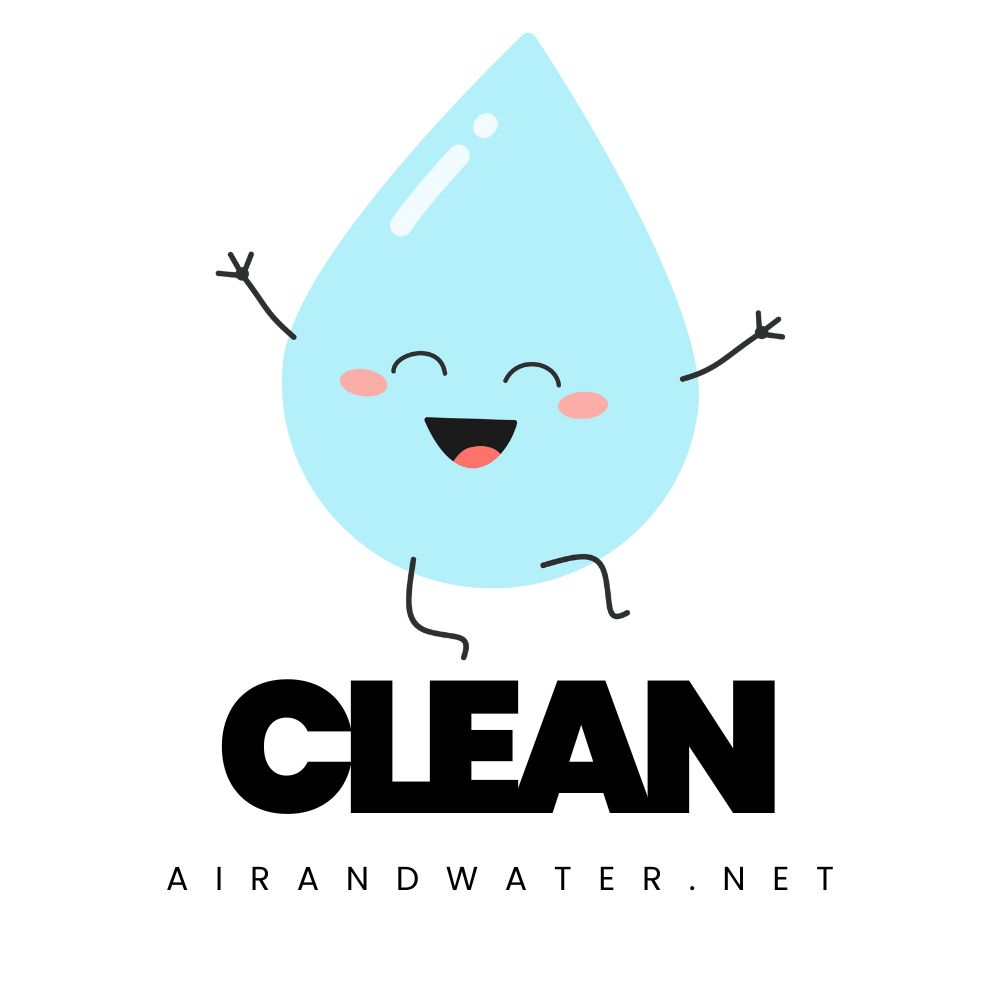Seattle Water Quality at a Glance
minimal concerns
Is Seattle Water Safe to Drink?
Excellent Quality with Outstanding Safety Record – Seattle water consistently exceeds federal standards and is sourced from protected mountain watersheds in the Cascades. The city owns over 100,000 acres of pristine, protected land. No PFAS detected in main water sources, minimal heavy metals, and comprehensive daily testing. Seattle is considered to have some of the best municipal water in the United States with natural filtration through mountain snowpack.
⚠️ Minor Considerations for Seattle Residents
- Disinfection Byproducts: TTHMs and HAAs present at levels within federal limits but above EWG health guidelines; common in all chlorinated water systems
- Old Home Plumbing: Some older homes may have lead service connections; risk increases when water sits in pipes over 6 hours
- Natural Minerals: Low levels of naturally occurring arsenic and other minerals from mountain watersheds; well below safety limits
- Seasonal Variations: Minor fluctuations in taste and chlorine levels during summer months when demand is higher
Read the full report below for detailed analysis, city-specific data, and information about Seattle’s exceptional water protection program.
Seattle – Washington – Water Quality Report 2025: PFAS Testing, Infrastructure Concerns & Safety across your city
Seattle, situated in the Pacific Northwest, delivers exceptionally pure water to over 1.6 million residents through Seattle Public Utilities (SPU), which operates one of the nation’s most pristine municipal water systems. The system includes approximately 1,800 miles of water mains, two protected watersheds, and minimal treatment facilities, delivering roughly 125 million gallons daily with some of the cleanest tap water in America.
Seattle’s water comes entirely from the Cascade Mountain watersheds: the Cedar River (providing 72% of supply) and the South Fork Tolt River (providing 28% of supply), both protected from development and contamination. These mountain watersheds, fed by rain and snowmelt, provide naturally pure water that requires minimal treatment. Seattle’s commitment to watershed protection includes owning and managing over 100,000 acres of forestland, ensuring water quality at the source while providing recreational opportunities and habitat protection. The city’s water system exemplifies sustainable urban water management, with comprehensive conservation programs, green infrastructure, and proactive climate adaptation measures.
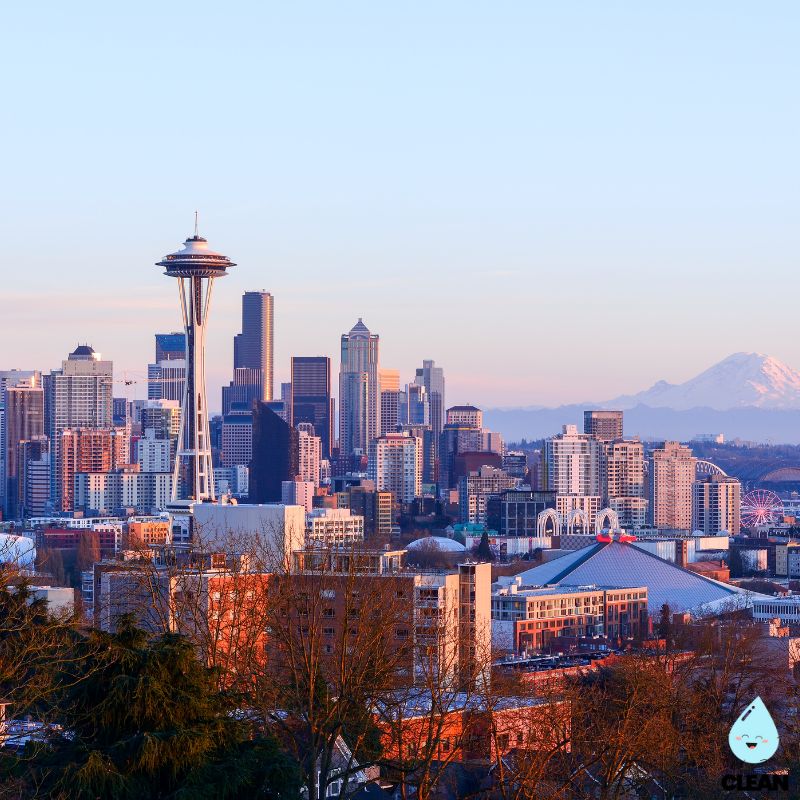
Seattle Water Quality: Current Status (2024-2025)
Latest Testing Results
- Lead Levels: The most recent testing period (2022 results) showed 90th percentile lead levels of 2.8 parts per billion (ppb), significantly below the EPA action level of 15 ppb, reflecting exceptional source water quality and effective corrosion control.
- Testing Scope: Seattle Public Utilities conducts over 20,000 water quality tests annually, including comprehensive monitoring at treatment facilities and throughout the distribution system.
- Compliance Status: Seattle’s water meets or exceeds all federal and state drinking water standards, consistently ranking among the highest quality municipal water in the United States.
Protected Watershed Sources
- Cedar River Watershed: The primary source (72% of supply) includes over 90,000 acres of protected forestland managed for water quality, wildlife habitat, and recreation.
- South Fork Tolt River: The secondary source (28% of supply) features a pristine mountain watershed with strict development restrictions and habitat protection.
- Natural Filtration: Both watersheds naturally filter water through forests, streams, and natural systems, providing exceptionally pure source water that requires minimal treatment.
Minimal Treatment Philosophy
- UV Disinfection: Primary treatment uses ultraviolet light disinfection, avoiding chemical additives while ensuring microbiological safety.
- Chlorine Addition: Minimal chlorine is added post-UV treatment to maintain disinfection throughout the distribution system.
- Fluoride Addition: Seattle adds fluoride to drinking water at 0.7 ppm to promote dental health, following EPA recommendations and extensive public health review.
Climate Resilience and Sustainability
- Drought Preparedness: Despite abundant precipitation, Seattle maintains drought contingency plans including reservoir management and conservation measures.
- Infrastructure Resilience: Seismic upgrades and system redundancy ensure reliable water delivery during emergencies, including major earthquakes.
- Climate Adaptation: Forest management practices adapt to changing precipitation patterns, fire risks, and environmental challenges.
Environmental Leadership
Seattle Public Utilities demonstrates national leadership in watershed-based drinking water management, with comprehensive forest stewardship, salmon habitat restoration, and recreational access programs. The utility’s approach emphasizes source water protection over treatment, maintaining pristine watersheds that produce naturally pure water while providing valuable ecosystem services. Seattle’s water system serves as a model for sustainable urban water supply, demonstrating how protecting watersheds at their source can deliver exceptional water quality with minimal environmental impact and treatment costs.
Recommendations for Seattle Residents
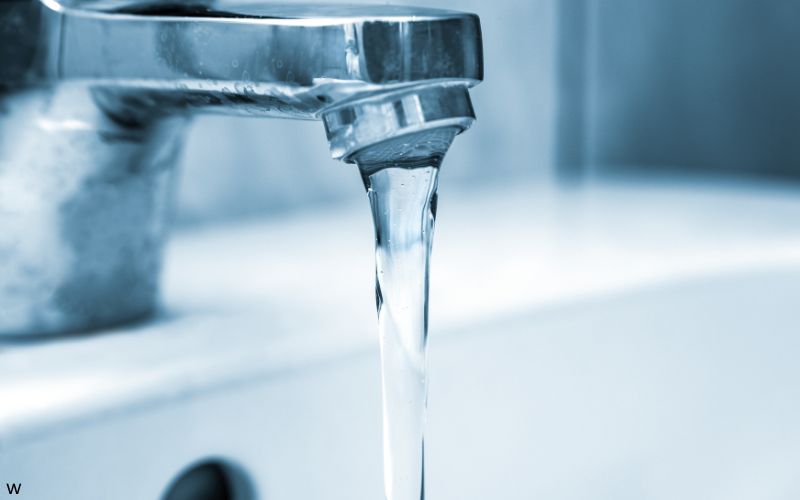
Enjoy Premium Tap Water
Seattle’s mountain watershed water is among the purest in the world. Carry a reusable water bottle and use the city’s public water fountains to stay hydrated while reducing plastic waste.

Manage Stormwater
Install rain gardens, permeable pavement, or cisterns to reduce stormwater runoff. SPU offers rebates for green stormwater infrastructure that helps protect our watersheds.

Conserve Resources
Monitor your water use through the My Seattle Utilities portal. Take advantage of rebates for efficient fixtures, and follow seasonal watering guidelines to protect our precious mountain watersheds.
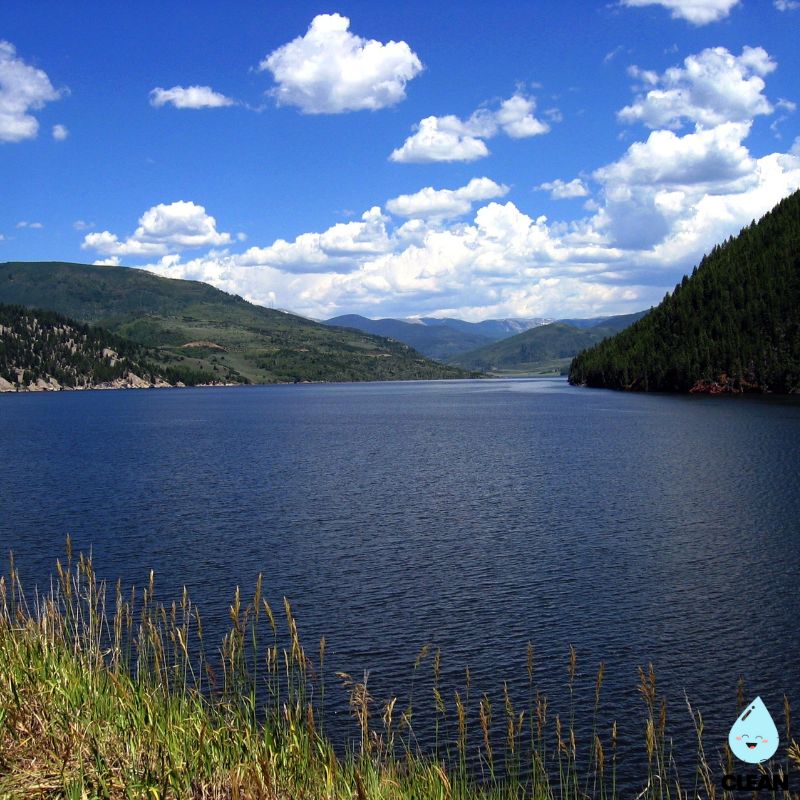
Visit Our Watersheds
Explore recreational opportunities in the Cedar River Watershed Education Center and designated public access areas. Learn about watershed protection while enjoying hiking and educational programs.
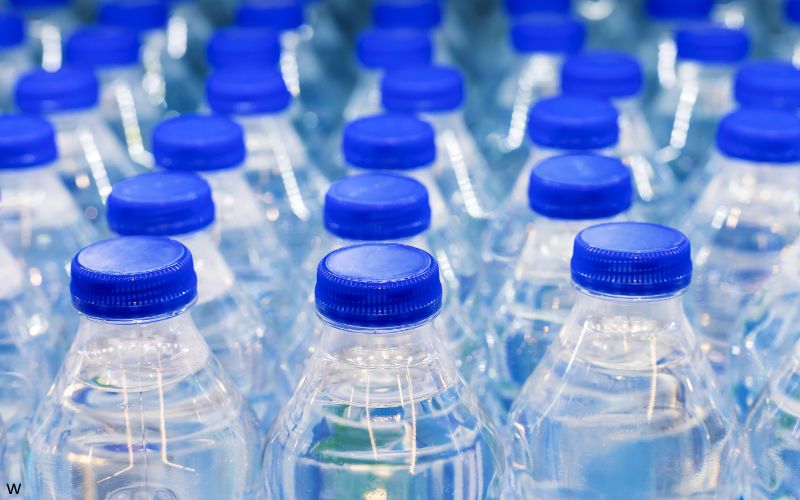
Emergency Preparedness
Store at least 3 days of water (1 gallon per person daily) for earthquake preparedness. Identify your nearest community emergency hub and familiarize yourself with shut-off procedures.
Quality News About Your Water
Get the comprehensive water quality news coverage you need with our dedicated US Water News Service. From coast to coast, we deliver in-depth reporting and expert analysis on PFAS contamination, EPA regulatory changes, infrastructure developments, and emerging water safety issues affecting communities nationwide. While mainstream media only covers the biggest stories, we provide the detailed, ongoing coverage that helps you understand the full scope of America’s water challenges. Whether you’re a concerned citizen, water professional, or community leader, our daily updates and analytical insights keep you informed about the issues that matter most to public health and environmental safety.
Frequently Asked Questions
What makes Seattle’s water so pure?
Seattle’s water comes from pristine mountain watersheds in the Cascade Range, specifically the Cedar River and South Fork Tolt River. These watersheds are carefully protected:
• Over 100,000 acres of protected forestland
• No development or logging in water supply areas
• Natural filtration through forest ecosystems
• Abundant rain and snowmelt provide fresh, clean water
This source protection means Seattle uses minimal treatment – primarily UV disinfection and a small amount of chlorine – resulting in water that often surpasses bottled water quality. Independent testing consistently shows our tap water among the purest in the nation.
Does Seattle add fluoride to the water?
Yes, Seattle Public Utilities has supplied fluoridated drinking water to customers since 1970. Key facts about Seattle’s fluoridation:
• Fluoride is added at 0.7 parts per million (ppm) following EPA recommendations
• This level helps prevent tooth decay while maintaining safety
• The practice follows extensive scientific review and public health guidance
• Seattle’s fluoridation program has contributed to improved dental health outcomes
Seattle Public Utilities continuously monitors fluoride levels and follows CDC and EPA guidelines to ensure the optimal balance between dental health benefits and safety.
How is Seattle preparing for climate change impacts?
Seattle Public Utilities is actively preparing for climate change through comprehensive watershed and infrastructure planning:
• Forest Management: Adapting forest practices to increasing wildfire risk and changing precipitation
• Infrastructure Resilience: Upgrading facilities to handle more extreme weather events
• Supply Security: Maintaining diverse sources and enhanced drought response plans
• Conservation Programs: Expanding water efficiency initiatives to reduce demand
• Green Infrastructure: Implementing natural systems to manage increased stormwater
Despite Seattle’s abundant water resources, SPU recognizes climate change requires proactive planning to ensure reliable, high-quality water for future generations.
Are there restrictions on lawn watering in Seattle?
Seattle maintains year-round watering guidelines rather than strict restrictions:
Recommended Practices:
• Water lawns no more than once weekly during summer
• Use drip irrigation or soaker hoses when possible
• Water during early morning or evening to reduce evaporation
• Consider replacing grass with drought-tolerant native plants
Emergency Restrictions:
• May be implemented during extreme drought conditions
• Would follow a staged approach based on water supply status
• Updates available at seattle.gov/utilities
Seattle encourages conservation through incentives rather than restrictions, providing rebates for water-efficient landscaping and fixtures.
Contaminants of Concern

Disinfection Byproducts
Source: TTHMs and HAAs formed when chlorine interacts with natural organic matter during water treatment
Health Effects: Within federal safety limits but above EWG health guidelines; potential long-term cancer risk at high levels
Current Status: Seattle minimizes formation through UV treatment and optimized chlorine use; levels vary seasonally
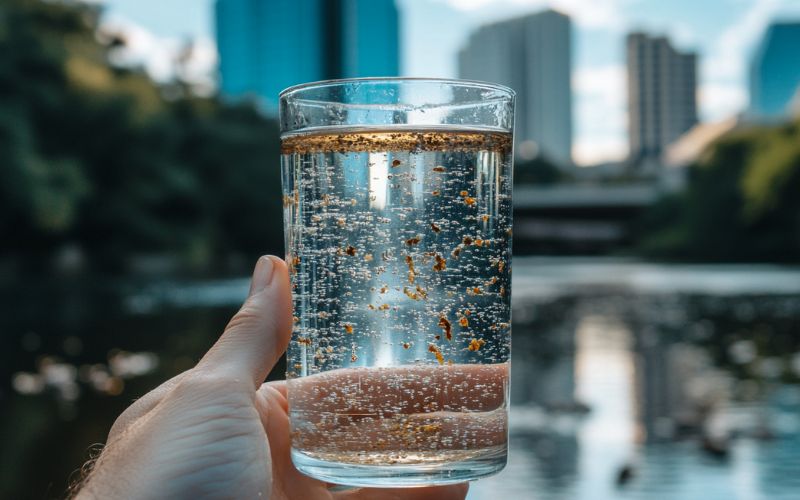
Natural Minerals
Source: Low levels of naturally occurring arsenic, barium, and other minerals from mountain watershed geology
Health Effects: All levels well below EPA safety standards; arsenic at 0.3-0.4 ppb (limit is 10 ppb)
Current Status: Consistently monitored and remain at very low, safe levels due to pristine source water
Please read – our information
The information presented on cleanairandwater.net is compiled from official water quality reports, trusted news sources, government websites, and public health resources. While we strive for accuracy and thoroughness in our presentations, we are not scientists, engineers, or qualified water quality professionals.
Our mission is to present water quality information in an accessible, real-world format that helps people understand what’s in their water and make informed decisions about their health and safety. We believe that complex environmental information should be available to everyone in a format that’s easy to understand.
We make every effort to ensure our content is current and accurate, but we cannot guarantee that all information is complete or error-free. This website should not replace official communications from your local water utility or health department. We always recommend consulting official sources for the most up-to-date information regarding your specific water system.
Clean Air and Water is not liable for any unintentional errors, omissions, or outdated information. The content on this site is provided for informational purposes only and should not be considered professional advice.
